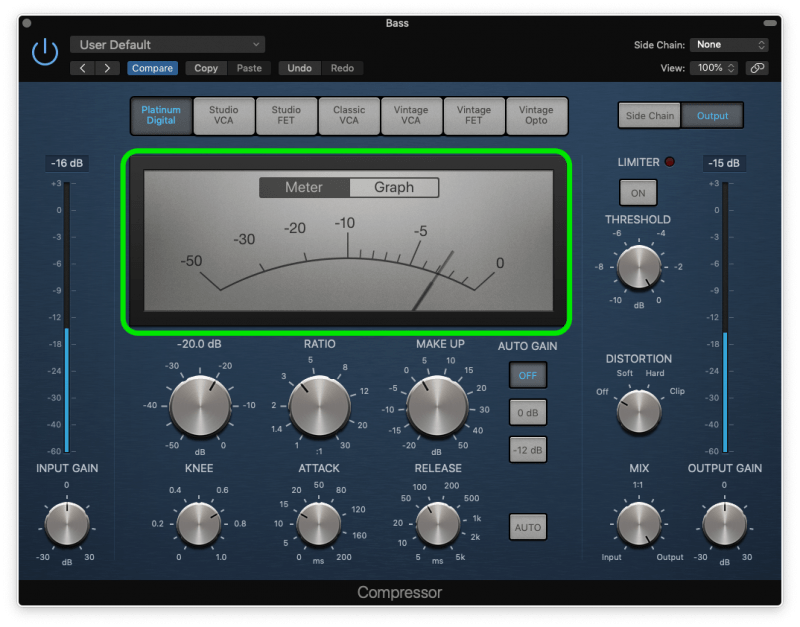


Great hip hop, Latin, techno, house, and even pop songs must have sub-bass to have impact. ( NOTE: Need super solid phat sub bass now? Hear Audiotent’s Tech-House Sub Tools by clicking here.As you can probably imagine, sub-bass is a central sonic element in almost all modern music. It’s best to use slower release times to avoid any unnecessary clicks, pops or other distortion. Make sure you look out for any additional distortion that limiter may introduce and adjust the threshold and other parameters accordingly for optimum results. It will catch the loudest notes and then limit them down to the range of the others. We want to make sure that all the sub bass notes are tightly controlled and even in their amplitude. Maybe there was some processing (such as saturation or eq etc.) applied to the sound? Or a simple resonance boost in the synthesiser, that exaggerates a specific note more than the others. If needed, use a high pass filter around 20-30 Hz, to cut any unwanted rumble that is taking valuable headroom space.Ī lot of times, the individual notes of the sub can vary in pitch. This will clear up some space for your main bass and the punch part of the kick-drum too.

Lowpass your sub bass around 60-100 Hz to get rid of any harmonics that are clouding up your midrange. However, if you use richer wave shapes such as square or saw etc, filtering any unnecessary harmonics can make a big impact on the way your sub feels in the mix. If your sub bass is purely a sine wave then there is little to be achieved by adding an additional filter. Alternatively, just use the send fx in your DAW and pick any compressor you like. Some compressors will have a separate mix knob, which blends the dry and wet signal together. The result will have a deeper sub from the original, whilst introducing the extra punch it needs to kick in the mix. To get the best of both sonic characteristics, try blending the original and compressed (punchy) sound together. However, it may also make your lowest frequencies appear quieter as a result. This greatly emphasises the punch (knock) of the sub bass. Compression, set with a slow attack and fast release, can push the transient through, whilst ducking the tail of the sound. If your sub bass is playing in staccato rhythm (each note detached and separated from the others), you will most likely want to emphasise it’s punch. Here are 3 techniques that will help to keep your subs in check: Making sure those fat throbbing sub-basses are under control is not always an easy task. Sub frequencies play a big part in all genres of electronic dance music. Audiotent Tip 405. 3 Techniques to get your sub bass in control.


 0 kommentar(er)
0 kommentar(er)
